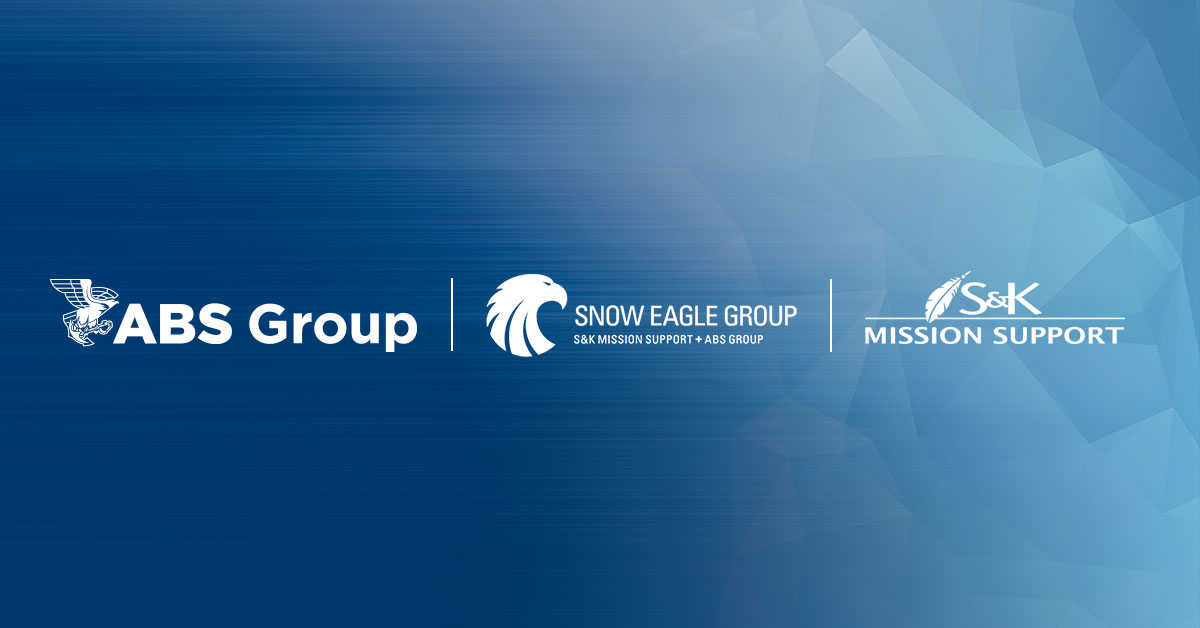

If the joint venture submits a proposal after the two-year mark, the SBA may deem the joint venture members affiliated, which is definitely not a good thing!įortunately, the two-year rule is a limit on the joint venture entity, not the joint venture partners. During those two years, the joint venture can submit as many proposals as it wants, and can be awarded an unlimited number of contracts stemming from those proposals–even after the two-year window closes.īut once the two-year window closes, the joint venture must stop submitting new proposals. The rule says that when a joint venture wins its first contract, a two-year window opens. The SBA enforces this policy under what I call the “two-year” rule, which you can find in 13 C.F.R. In the SBA’s eyes, a joint venture is a limited-duration entity. It may not be the most exciting thing you ever do, but it could save your contract award.

Yes, it’s okay to start with a template instead of from scratch, but there is no substitute for cross-walking your joint venture agreement against the regulation itself: 13 C.F.R. In fact, the SBA’s joint venture rules just changed in November 2020, meaning that templates predating November may be outdated. The problem is that templates–yes, even templates written by the SBA–often are non-compliant. Sometimes that document comes from a mentor or other joint venture partner, sometimes from the 8(a)s own old files, and sometimes even from the SBA itself.

I often see 8(a)s make the mistake of relying on a joint venture agreement template. Omit just one of them, and your joint venture could be found ineligible. This regulation sets forth more than a dozen mandatory requirements for an 8(a) joint venture agreement. If you decide to pursue an 8(a) contract as a member of a joint venture, be absolutely, 100%, super-duper sure (not the official legalese, but I’m trying to get my point across) that your joint venture agreement complies with the mandatory requirements under 13 C.F.R. Be Very Careful About Joint Venture Agreements. If your potential joint venture partner is a small business, a mentor-protege agreement is not required to joint venture for 8(a) contracts. Remember, the only relationship between the SBA’s mentor/protege program and joint venturing is that an SBA-approved mentor can be a joint venture partner even if the mentor is large. As a protege, you should receive real, valuable mentoring, even if you never win a contract as a joint venture, or never form a JV at all! Finally, as a protege, don’t make the common mistake of assuming that you need a mentor-protege agreement before forming any joint venture. But an SBA-approved mentor can be part of an 8(a) joint venture even if the mentor is a large business! For many large businesses, this special joint venturing eligibility is the primary reason to participate in the mentor/protege program.īut as a small potential protege, don’t make the mistake of believing that the mentor/protege program is nothing but a precursor to a joint venture. So why are mentor/protege agreements and joint ventures so often conflated? Ordinarily, all members of a joint venture must be small businesses for a joint venture to qualify for 8(a) contracts. Under the SBA’s rules, a joint venture must register in SAM and (to be awarded 8(a) contracts) must adopt a joint venture agreement meeting the requirements of 13 C.F.R. A mentor/protege agreement is not, itself, a vehicle for pursuing contracts–there is no such thing as “mentor/protegeing” for a federal contract opportunity.Ī joint venture, on the other hand, is a legal entity owned by two or more contractors. But they aren’t the same thing at all, and understanding the difference is key to effectively using both.Īn SBA mentor/protege agreement is a business development program under which a mentor business (often, but not always, a large business) provides targeted business development assistance to a small protege, with the SBA’s blessing. In the 8(a) world, the terms “mentor/protege” and “joint venture” are commonly spoken in the same breath. Understand That a “Mentor/Protege” is Not a Joint Venture. Here are three of my keys to success–and to avoiding common mistakes. In my career as a government contracts attorney focusing on serving small businesses, I have helped many 8(a)s form mentor/protege relationships and joint ventures. Congratulations–it’s not an easy (or quick) process! But now that you’re an official 8(a) Program participant, how do you maximize your chances of winning 8(a) contracts?įor many 8(as), mentoring and joint ventures are a critical piece of the puzzle. You’ve been certified as a participant in the SBA’s 8(a) Program.


 0 kommentar(er)
0 kommentar(er)
